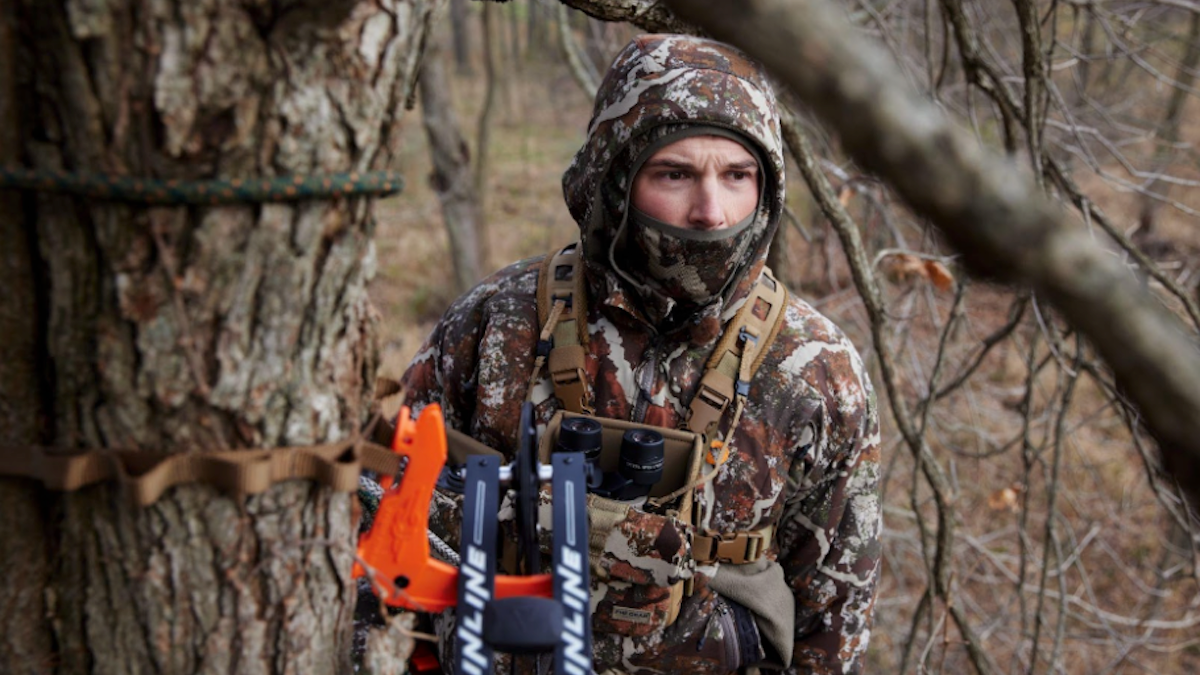
This is not the rut I was expecting. In fact, my 2024 whitetail rut has been about as far from what most whitetail hunters dream of as it could possibly get.
I have not seen a single buck chasing does. I have not witnessed a single buck fight. I have not heard a buck grunt, snort wheeze, or even sneeze! It. Has. Been. Slow.
But, with that off my chest, I also recognize that there’s no point dwelling on it. The important question is this; What can we learn from the anemic whitetail rut I’ve just experienced? And what does it mean for the remaining weeks of the season?
Target Buck Disappearing Acts
As discussed last time, my hunting experience in southern Michigan has been dramatically different this season than in past years, and that has become even more true over recent weeks. Most years on my local properties are comprised of numerous encounters, observations, and photos of my target bucks over the course of November. This year, in contrast, I have not had a single observation or encounter with a target buck in a month and have a total of only three trail camera pictures of a mature buck over the last three weeks. Three!
So what the heck is going on?
In short, I think it comes down to the simple fact that you can’t see or kill what’s not there. This year the unfortunate reality is that the mature bucks in my area have pulled a disappearing act.

My top target buck, a 5.5-year-old nicknamed Bulldozer, has dramatically shifted his behavior and or home range this year, and I honestly don’t have a solid explanation yet. Over each of the past two seasons he’s been incredibly consistent, with nearly daily photos or observations. But this year, when September hit, he vanished. For seven weeks, I saw neither hair nor hide. Finally, in late October, he returned, but sparingly. I have only a handful of photos of him over the last month.
My second target buck, Bear, was another frequently seen homebody buck until October 3rd. Since then, he has been AWOL, and my best guess is that he’s dead. Finally, another potential 4.5-year-old buck showed up in mid-October and lingered for two weeks, but he has now been gone almost a month as well.

No matter how many cameras I throw across the landscape, or how many times I sit in dynamite rut locations, the result has been more of the same. Does, young bucks, and disappointment.
So What to Do?
As far as I can see it, there are three options ahead of me and anyone else in a similar situation.
First, I can continue to seek out a mature buck, hoping one of my targets is still alive somewhere and simply out of my usual area of observation. This has been my plan to this point, moving cameras, scouting, and gradually hunting new areas in search of the missing deer. As hunting pressure and food sources change, so too will deer travel. If I continue my search, it might very well lead to me stumbling on the clue I’ve been searching for.
Secondly, I can simply wait and hope that all of those aforementioned changes might just bring a buck back my way. This is a very real possibility and something I’ve been quietly hoping for. I’ve had this happen in the past, especially during gun season, when hunting pressure on neighboring farms has pushed new bucks into my zone. That, and the fact that I have quality late-season food, does give me hope that a mature buck might appear as the season pushes on. With this in mind, I’ve been relatively light in my hunting pressure in recent weeks, settling into a scout, observe, and wait pattern until I see what I’m looking for.
New Goals
If all else fails, it might just mean I need to change my goals for the season. At some point, if all of my searching and scouting and waiting fails to produce a mature buck, I will eventually need to switch gears to focus on doe management. In an area of high deer density, it’s critical for the health of the ecosystem and future hunting for me to do my part in reducing the antlerless population.
If mid-December arrives with no clear sign of a buck to chase, it’s likely I’ll turn my sights towards does and embrace the fun of a new phase of the season wholeheartedly. In fact, I’ve found over past years that the moment I switch to doe patrol signals the beginning of one of the most enjoyable parts of the entire fall.
If you’ve been spinning your wheels over recent weeks, I’d encourage you to consider something similar.
Scout, observe, search—do whatever it takes to find where those mature bucks might have relocated or hunkered down. But at some point, don’t be afraid to rip off the band-aid and do something drastic to keep your hunting season fun. Chase some does, take your kids out, mentor a new hunter, or invite friends or family over to chase one of the bucks that you’re not interested in. Whatever you do, enjoy yourself. Hunting season will be over before you know it, and it’d be a shame to waste it.



